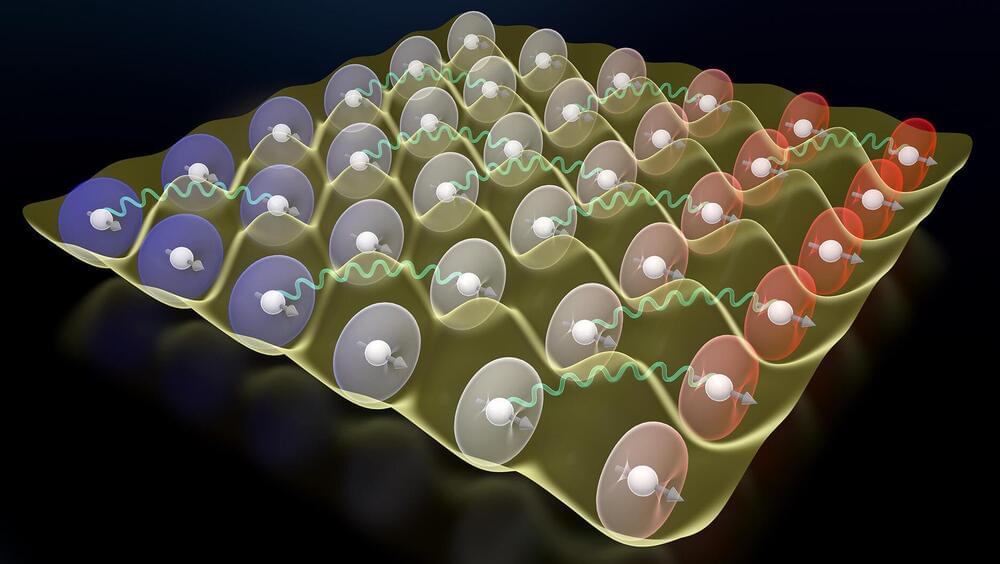In a new study published in Science today, JILA and NIST (National Institute of Standards and Technology) Fellow Jun Ye and his research team have taken a significant step in understanding the intricate and collective light-atom interactions within atomic clocks, the most precise clocks in the universe.
Using a cubic lattice, the researchers measured specific energy shifts within the array of strontium-87 atoms due to dipole-dipole interactions. With a high density of atoms, these mHz-level frequency shifts—known as cooperative Lamb shifts—were spectroscopically studied. These shifts were studied spatially and compared with calculated values using imaging spectroscopy techniques developed in this experiment.
These cooperative Lamb shifts, named because the presence of many identical atoms in a tightly confining space modifies the electromagnetic mode structure around them, are an important factor as the numbers of atoms in clocks continue to grow.
